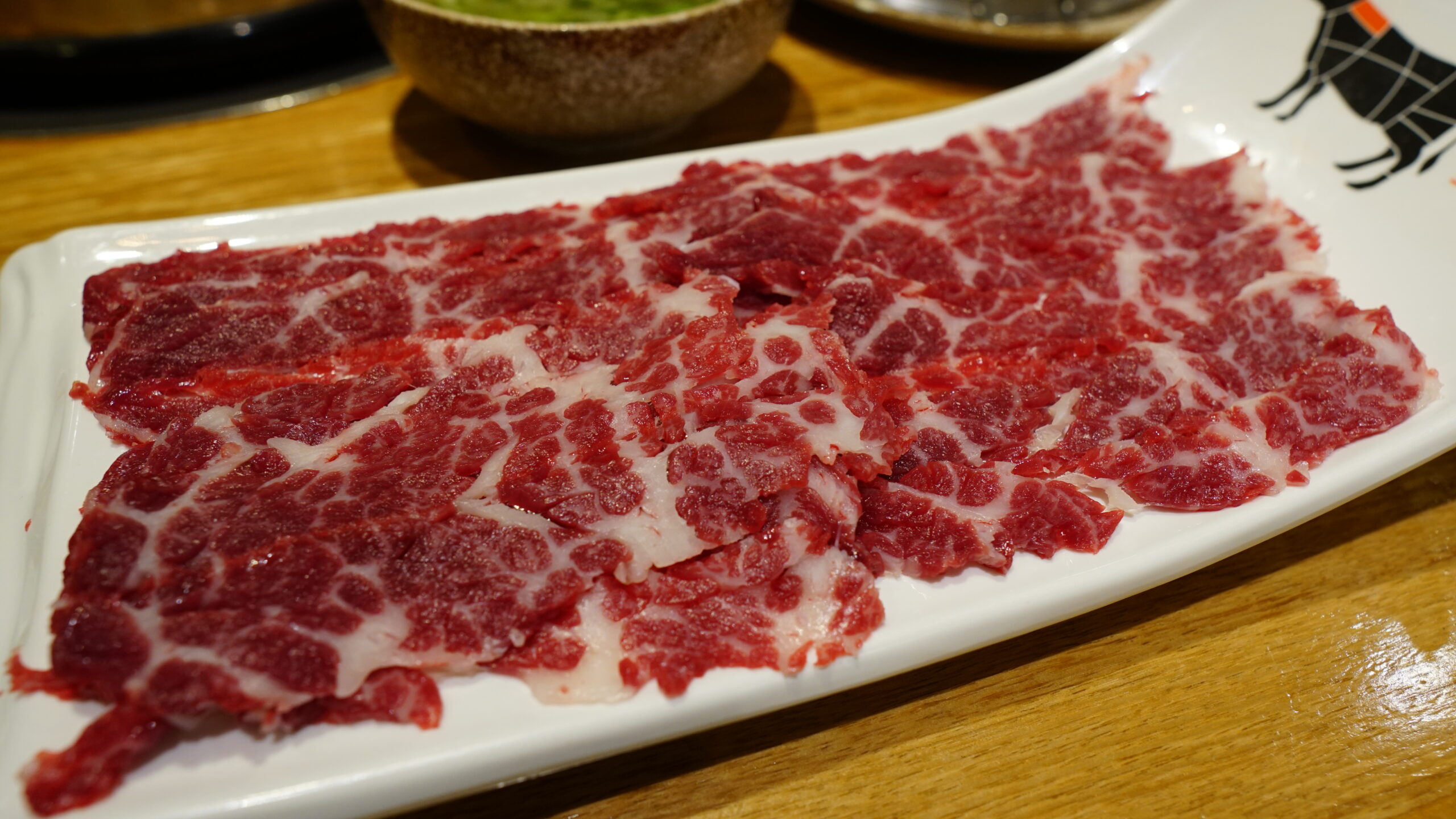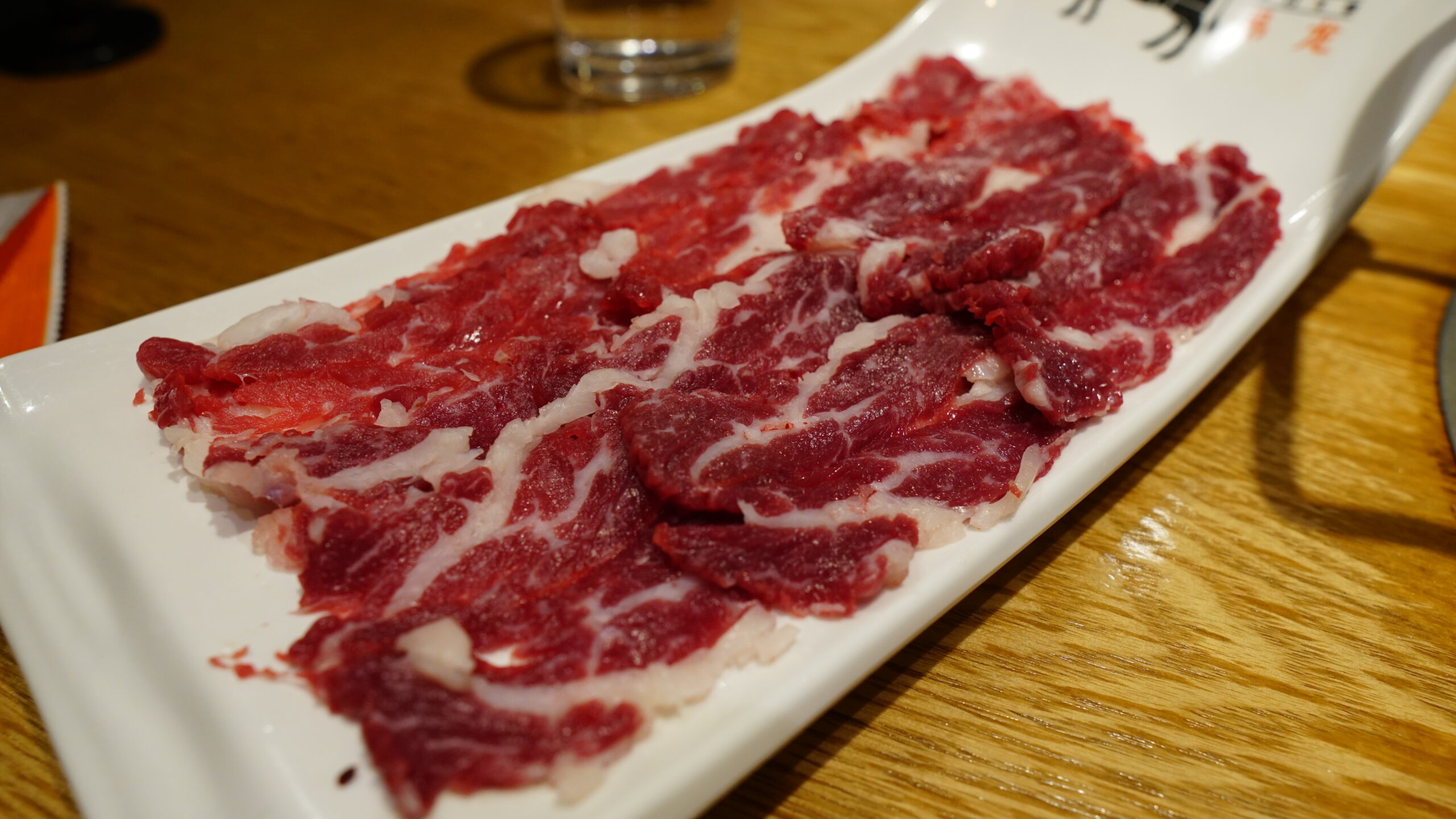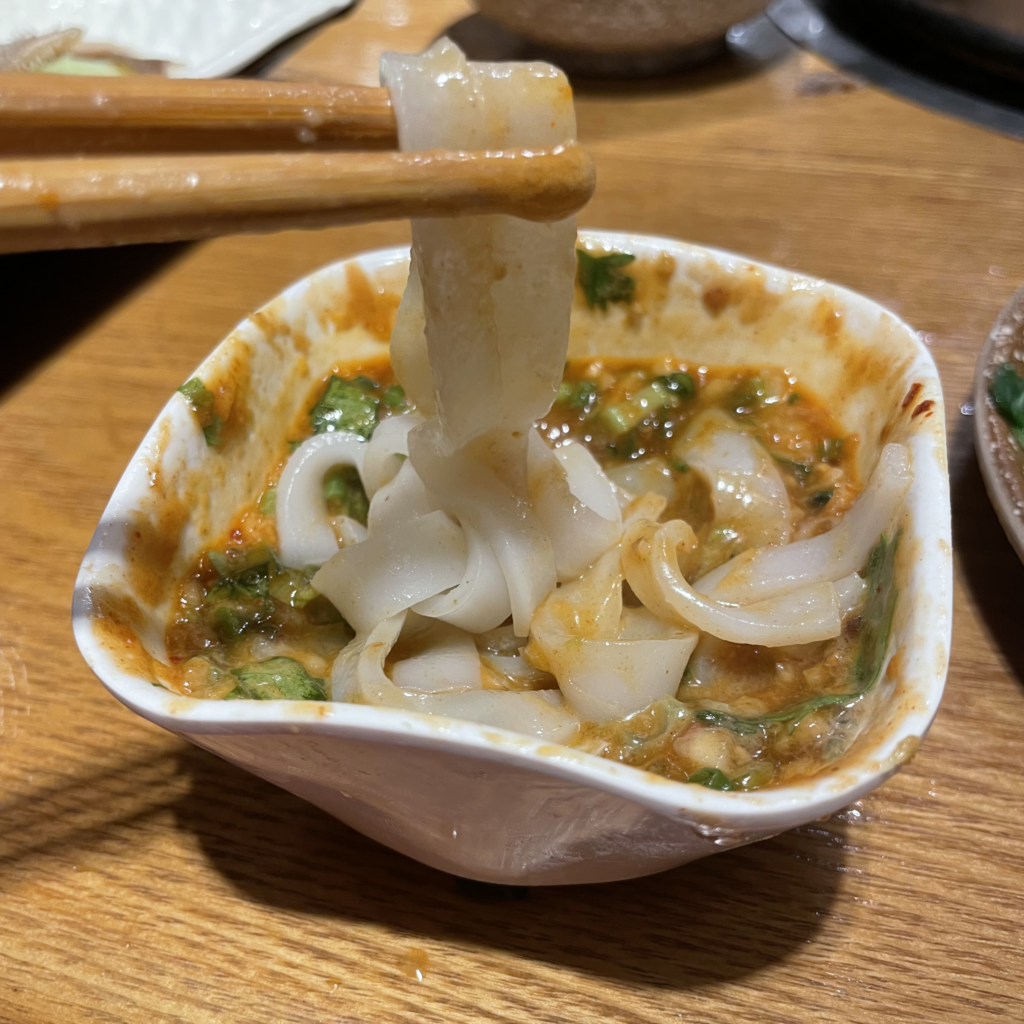In a previous blog post, we explored Shanghai together. I introduced you to the world-famous waterfront promenade, The Bund, the bustling Nanjing East Road, and a typical Yunnan restaurant.
Today, we will explore another fascinating attraction in the heart of the city. Furthermore, I would like to introduce you to the ‘Silk Metropolis’ Shanghai. Lastly, we will enjoy a culinary highlight: the Chaoshan Hotpot.
Let’s start by heading to Jing’an district, one of Shanghai’s central neighbourhoods and a recommended accommodation from our previous blog post. Jing’an is a lively and contemporary district, renowned for its blend of history, culture, shopping, and culinary diversity.
The Jing’an District is home to the Jing’an Temple, a Buddhist temple also known as the Jing’an Monastery. Dating back to the Song Dynasty, it is one of Shanghai’s oldest and most significant religious sites. Although it has been rebuilt and restored multiple times over the centuries, many of the original architectural features have been preserved. The temple was completely destroyed by fire in 1972 and was gradually rebuilt starting from 1983. The last major renovation took place in 2004.

The Jing’an Temple is famous for its copper roof and intricate wood carvings. It houses numerous Buddha statues and other religious artefacts. In addition to its spiritual significance, the temple offers a peaceful retreat from the busy city life.

The temple can be easily accessed by taking the subway to Jing’an Temple station (Line 2 and 7). It is open from 7:30 am to 6:00 pm, and visitors are recommended to allocate 1 to 2 hours for their visit. Admission is reasonably priced at 50 Yuan per person.
Aside from the temple, Jing’an provides a plethora of shopping, dining, and entertainment options. It is highly recommended to explore the city and neighbourhood on your own to fully immerse yourself in the atmosphere of this impressive Asian metropolis.
For centuries, Shanghai has been a significant trade centre in China. It was historically a major port on the Yangtze River and served as a gateway to the outside world. The city primarily developed into a trading hub for goods such as tea, silk, rice, textiles, and later industrial goods.
Shanghai remains a major hub for the textile industry in China. The city has a plethora of markets, shopping malls, and boutiques that offer a diverse range of textiles and silk products. Whether you’re looking for traditional Chinese silk goods or modern designer clothing, there is something to suit every taste and budget.
One highlight of Shanghai is the South Bund Fabric Market, which is a popular destination for bespoke tailoring. The market offers a wide selection of fabrics, including silk, cotton, and linen, at excellent quality and reasonable prices. I personally stocked up on tailored suits and shirts here years ago. However, it is important to do your research beforehand, know the prices, and don’t forget to haggle, as you can often get a good deal here.

The Qipu Road Clothing Market in Shanghai is a popular destination for those who prioritize affordability over quality. Situated near People’s Square in the city centre, it is conveniently accessible by public transportation. The market offers a vast array of clothing options at competitive prices, making it a favourite among both locals and tourists. Bargain hunters, this is the place for you!
After a long day of sightseeing and shopping, it’s time for a hearty meal! Five years ago, before leaving Shanghai, we had dinner at JinRi Niu Shi restaurant in Jing’an, where we enjoyed the Chaoshan Beef Hotpot. We were excited to return to one of our favourite restaurants after a long time. I recall how we took advantage of a marketing promotion at the JinRi Niu Shi restaurant to save money. The promotion involved stepping on a scale, and the further you deviated from the average weight, the greater the discount you received. I did not miss this opportunity and wore an extra heavy winter jacket while packing my bags full. 🙂
Our previous articles have explained what a real Hotpot is and how to enjoy it best. But what makes Chaoshan hotpot so special? It originated in the Chaoshan region of Guangdong, China. The beef used in Chaoshan Hotpot is known for its tender meat and aromatic broth. Unlike the popular Szechuan hot pots, which rely heavily on spicy spices, the Chaoshan Hotpot has a clear and mild soup base.
The restaurant’s specialty is thinly sliced beef. The menu provides an overview of various cuts of beef. Xuehua beef (雪花 – Chinese for ‘snowflake’) is particularly recommended. It is usually obtained from the marbled part of the shoulder or neck, hence the name ‘snowflake,’ as the fat runs through the juicy meat like snowflakes. Also delicious are Diao Long Ban (吊龙伴) – a long cut along the back with ribeye and sirloin – as well as Nen Rou (嫩肉) – a cut from the hind leg of the cow.


To fully enjoy the dish, place the meat in the sieve spoon provided and wait for 10-20 seconds, depending on the cut. The beef slices are incredibly tender and will practically melt in your mouth.
You will also notice the beef balls floating in the fragrant broth. Take your time before consuming them to ensure they are well cooked. The balls absorb the aromatic broth and, with their firm and elastic texture, provide a welcome contrast to the meltingly tender slices of beef.

In addition to various beef dishes, we also had cow stomach, tofu, crispy mushrooms, vegetables from the Chaoshan province, and nourishing rice noodles that evening.


At first glance, the tofu resembles oversized potato chips. However, looks can be deceiving. After cooking, it transforms into an elastic delicacy soaked in a fragrant sauce, reminiscent of a giant ribbon noodle.
At the sauce bar, you can create your own dipping sauce. The base consists of house-made sesame and peanut sauces, fresh herbs, and various spice blends. This allows you to customize your sauce to your liking.
In addition to the listed ingredients, fresh celery is also included. Place some of it in a small bowl and add broth from the hot pot after a certain cooking time. Taste the selfmade soup from the bowl. It is truly irresistible, especially when the aroma of the ingredients has mixed with the broth.


The highlight of this dish is the tender beef pieces that float in the broth. They are served directly in the pot and can be enjoyed after consuming the other ingredients. The beef is so tender that it melts in your mouth, releasing its full, savory flavour.




To sum it all up, if you were ever to come to Shanghai, you should definitely visit JinRi Niu Shi Restaurant and try the famous Chaoshan Beef Hotpot!




